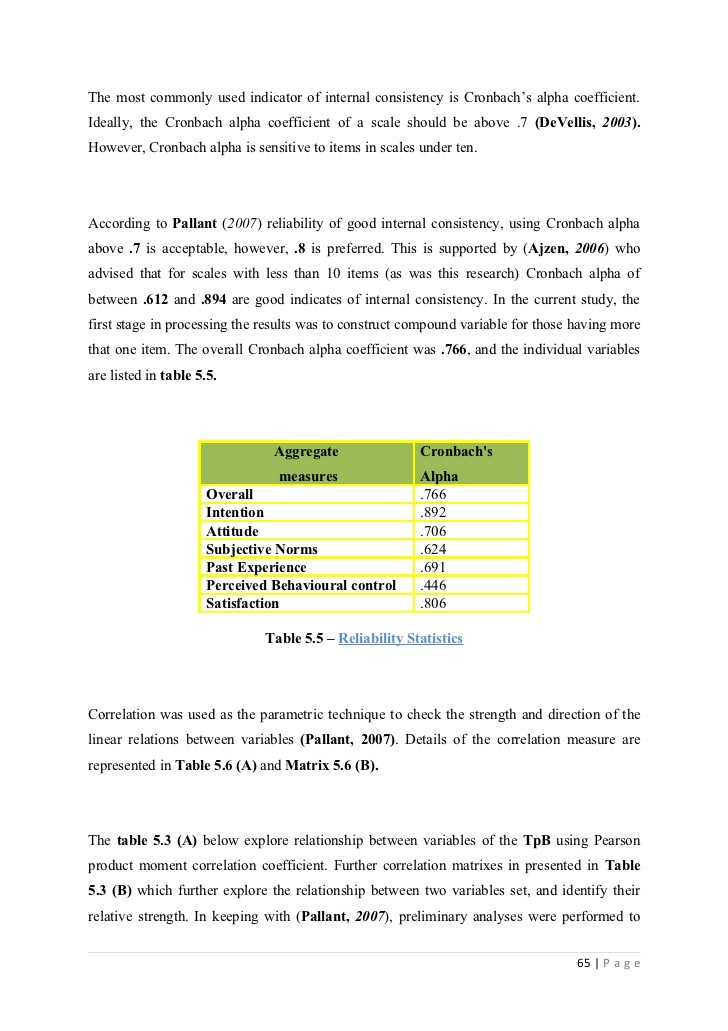Generating Alpha Through Intermarket Analysis
Post on: 23 Август, 2015 No Comment

It’s no secret that consistently generating alpha is extremely difficult. Todays asset allocators and portfolio managers are constantly seeking new strategies to gain any sort of advantage. What if achieving an edge were as easy as an all-in, binary decision depending on whether one particular industry over- or underperformed the stock market? Any believer in the efficient market hypothesis would claim this approach impossible because share prices always incorporate and reflect all relevant information. Moreover, given the enormous wealth of available information, how could examining only one sector’s performance distill sufficient evidence to determine an entire asset allocation strategy?
CFA Institute recently hosted a webinar titled, “Generating Alpha: Predicting Volatility and Corrections ,” which focused on a branch of technical analysis called intermarket analysis, or the study of relationships between asset classes and market sectors. The presentation by Charlie Bilello and Michael Gayed of Pension Partners was based on their award-winning papers, An Intermarket Approach to Beta Rotation: The Strategy, Signal, and Power of Utilities (which we previously profiled in The Predictive Power of Utility Stocks ), and An Intermarket Approach to Tactical Risk Rotation .
Bilello and Gayed were inspired in part by the work of Edson Gould. who identified the Dow Jones Utilities Average (UTIL ) as one of the best early indicators of the stock market.” Building on Gould’s work, Bilello and Gayed backtested US stock market returns to 1926 and found that a simple strategy of rotating either fully into utility stocks or fully into the broad stock market based on rolling 4-week returns outperformed a buy and hold approach, on a risk-adjusted basis, by a wide margin. The so-called beta rotation strategy would more often than not be invested in the lower beta utilities sector when market conditions became more volatile and less favorable for stocks. While transaction costs would have rendered such a strategy prohibitively expensive over much of the time period tested, it can be cheaply replicated today (at least in nontaxable accounts) using ETFs. While not an appropriate strategy for everyone, Bilello and Gayed suggested that all portfolio managers might benefit from paying closer attention to what utility stocks are telling them.
Just as utility stocks can offer useful signals to the equity investor, Bilello and Gayed similarly found that the performance relationship between 10-year and 30-year US Treasury securities might provide clues as to the future volatility of markets and consequently help guide asset allocation. Bilello and Gayed’s tactical risk rotation model overweights equities when 10-year Treasuries outperform 30-year Treasuries, an environment that typically signals greater investor confidence and a preference for riskier assets. Conversely, when longer duration Treasuries outperform, it usually precedes periods of heightened volatility, and a smaller appetite for risk. Accordingly, exposure to equities is lessened. Bilello and Gayed found superior risk-adjusted returns over the 1977–2013 period studied.
Bilello and Gayeds findings are important advances in intermarket analysis and merit the attention of asset allocators, portfolio managers, and risk managers.
If you’re interested in listening to the full, hour-long webcast, an archived version of Generating Alpha: Predicting Volatility and Corrections is available to watch for free.
Please note that the content of this site should not be construed as investment advice, nor do the opinions expressed necessarily reflect the views of CFA Institute.
Photo credit: ©iStockphoto.com/Chinaface














